
AISI 410 Ferritic Stainless Steel 2B Finish Sheet
Grade AISI 410 is a general 16% Cr ferritic stainless steel. AISI 410 ferritic stainless steel sheet is typically used with a polished or brushed finish or with a bright finishes like 2B or bright annealed BA (2R).
Grade AISI 410 is a general 16% Cr ferritic stainless steel. AISI 410 ferritic stainless steel sheet is typically used with a polished or brushed finish or with a bright finishes like 2B or bright annealed BA (2R).

AISI 410 ferritic stainless steel 2B finish sheet is feasible for many applications including catering, appliances and indoor applications. Typical applications include washing machine drums, dishwashers, sinks, countertops, and range hoods.
Weldibility: 2B finish AISI 410 ferritic stainless steel is primarily ferritic, but welding will cause some amount of martensite to the HAZ (heat affected zone) due to higher carbon content and the lack of stabilising elements. Martensite forms typically along solidification and crystallographic boundaries. This grade is not considered to be used in as-welded condition; a postweld heat treatment at 750-800°C is required for adequate ductility and corrosion resistance in the weld region.
Properties: 2B finish AISI 410 ferritic stainless steel has good resistance to atmospheric corrosion in indoor applications. When used in regions with more corrosive atmospheres, a smooth surface finish becomes important to avoid staining and regular cleaning to maintain the original appearance. AISI 410 ferritic stainless steel sheet is resistant to most domestic liquids such as detergents, soaps and organic acids present in food.
As a 2B finish AISI 410 ferritic stainless steel sheet supplier and exporter, Bebon is able to supply AISI 410 ferritic stainless steel sheet and AISI 410 ferritic stainless steel coils. Welcome to inquiry.
stainless steel processing
The manufacture of stainless steel involves a series of processes. First, the steel is melted, and then it is cast into solid form. After various forming steps, the steel is heat treated and then cleaned and polished to give it the desired finish. Next, it is packaged and sent to manufacturers, who weld and join the steel to produce the desired shapes.
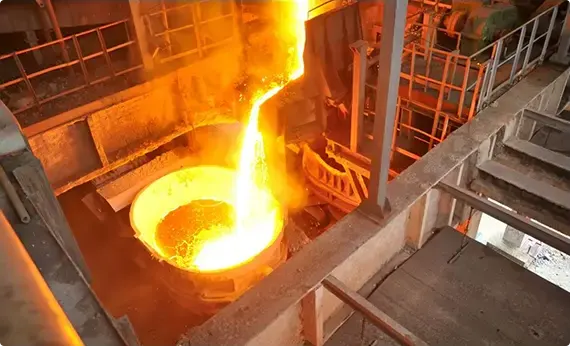
Melting and Casting
The raw materials that constitute a stainless steel item are placed together and melted in a giant electric furnace. Intense heat is applied rigorously for a period of 8 to 12 hours during this step. Once the melting is complete, the molten steel is cast into desired semi-finished forms. Some of the most common forms or shapes include slabs, blooms (rectangular shapes), billets (these could either be round or square), rods, and tube rounds.

Forming
In the second stage, the semi-finished steel shapes undergo a series of forming operations. For instance, the stainless steel is hot rolled (heated and passed through enormous rolls). The blooms and billets mentioned above are converted to bar and wire. The slabs on the other hand are formed into plates, strips or sheets. It is very common to turn semi-finished steel shapes into bars, as it is the most versatile stainless steel form (it comes in all grades and sizes). You have round, square, octagonal, and hexagonal bars, each suitable for a different type of application.
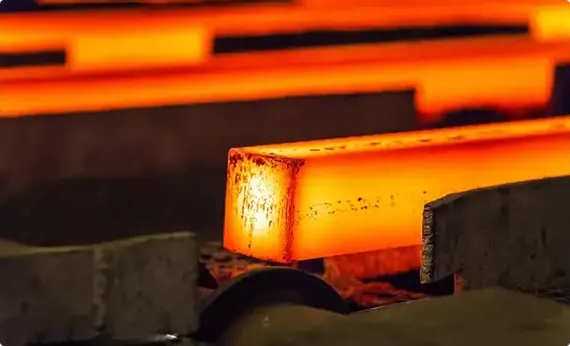
Heat Treatment
The various stainless steel forms undergo a thorough annealing process during this step. Annealing is another name for heat treatment where the stainless steel is heated and cooled in a controlled environment. The purpose of this heat treatment is to relieve the pent-up stress inside the stainless steel and soften the material to make it more suitable for a wide variety of applications. The people in charge of carrying out the annealing process have to be very careful about the conditions as even the slightest of changes in the temperature, pressure, duration, or cooling rate could result in a faulty product.
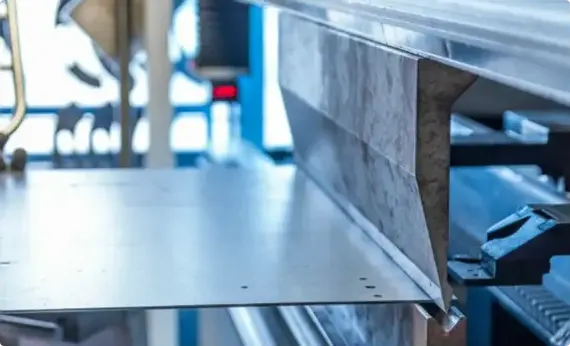
Descaling
During the annealing process, a certain amount of scale appears on the surface of the stainless steel. This scale can be removed using a number of different processes that are collectively known as descaling. Pickling is one of the more common methods of carrying out the descaling process.
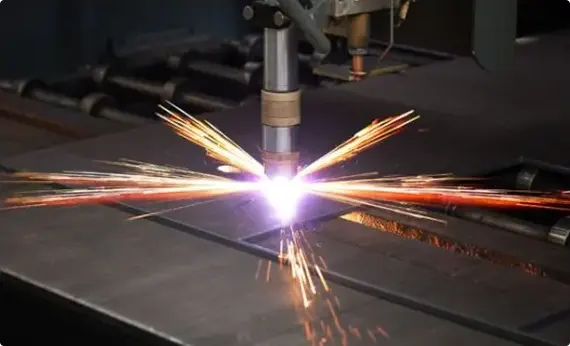
Cutting
The semi-finished, heat-treated, and descaled stainless steel forms are cut into specific shapes in this step. Mechanical cutting is performed with the aid of guillotine knives, blanking, nibbling, and high-speed blades.
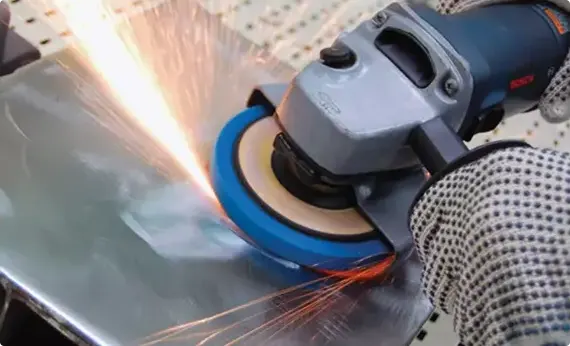
Finishing
Finishing is applied to help the stainless steel product achieve its signature aesthetically appealing appearance. Finishes are also needed to make the stainless steel product smooth and easier to clean, which is a top requirement in sanitary applications.
